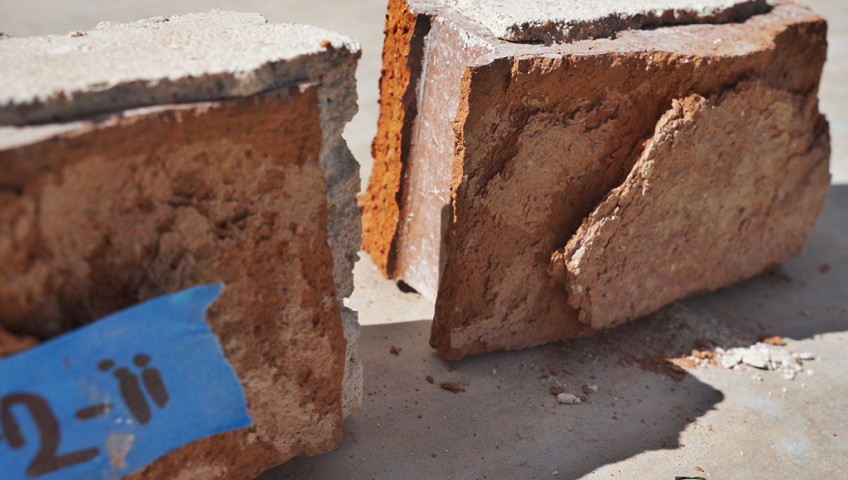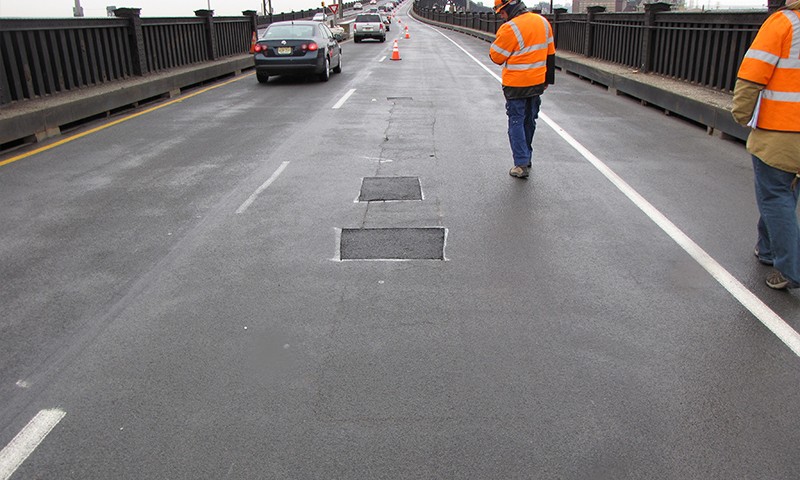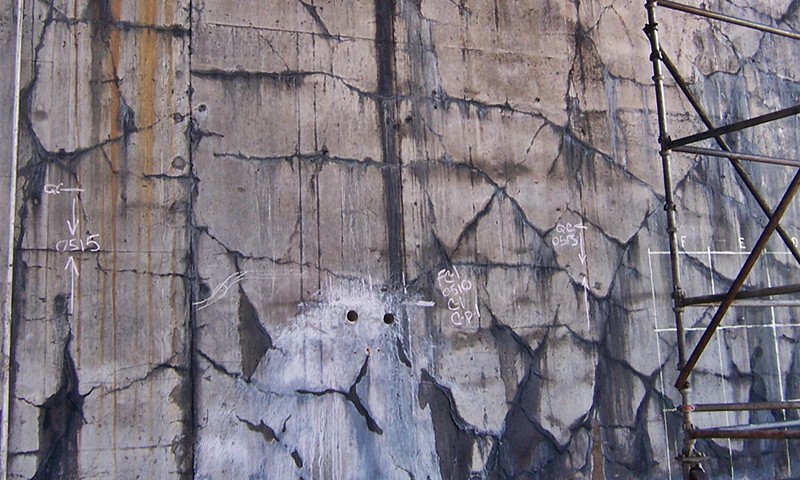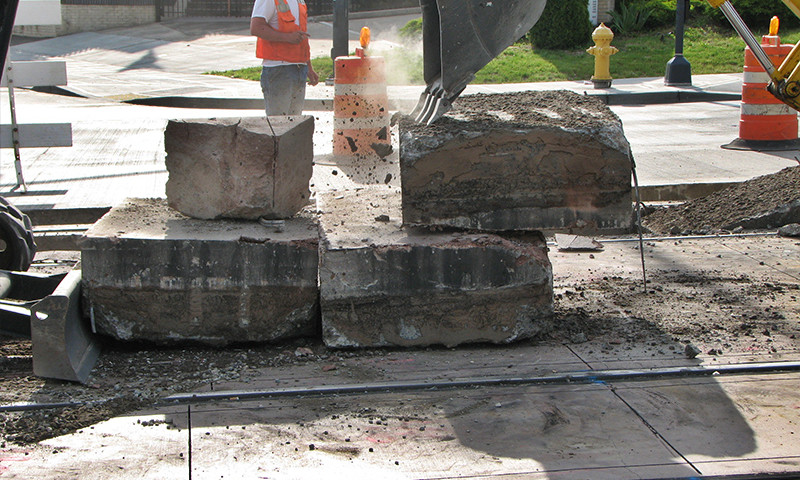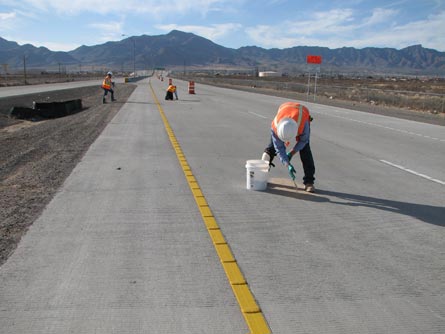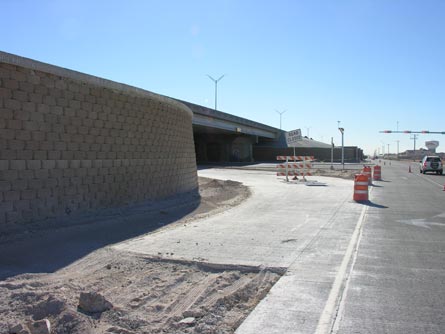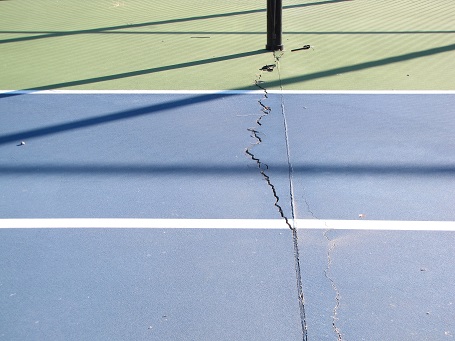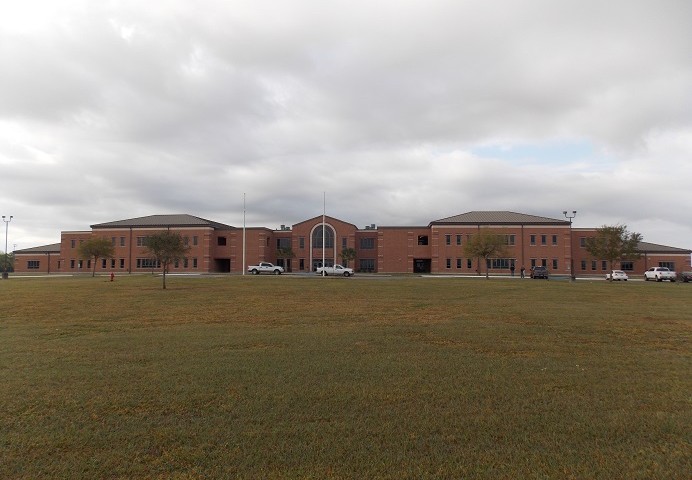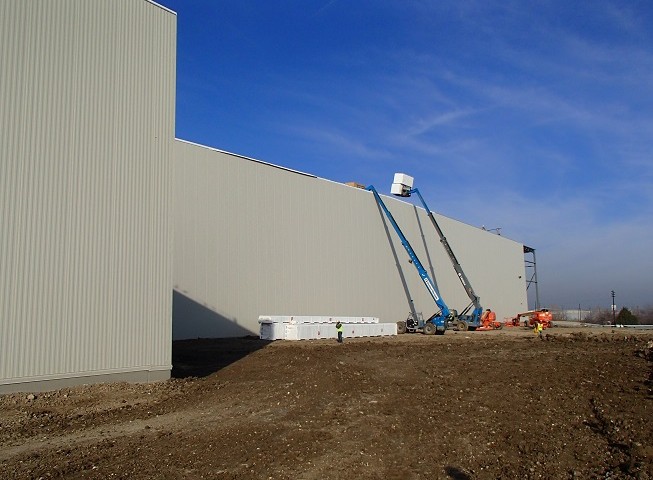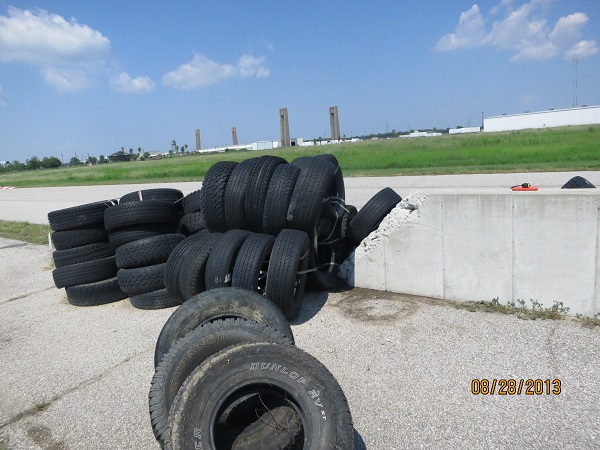Carrasquillo Associates investigated widespread distress in exterior brick masonry at two residences in Midland, Texas. CA reviewed, evaluated, and synthesized extensive literature pertaining to brick mineralogy and deterioration mechanisms in order to fully understand the many facets and possible root causes of the observed distress and ongoing mechanisms of deterioration. CA conducted multiple site visits to study, observe, and document the brick masonry deterioration and to obtain numerous brick samples from the exterior residential façade and landscaping features. Several brick samples were subsequently tested for physical properties according to ASTM standards, including absorption and compressive strength. The chemical composition and mineralogy of several specimens were studied using x-ray fluorescent (XRF) and x-ray diffraction (XRD) techniques in order to comprehensively investigate the types of raw materials used in production and to assess the degree of vitrification achieved during brick firing. This project provides an example of CA’s expertise in deciphering the contributing players in material degradation, such as brick masonry deterioration, and displays CA’s ability to manage material testing through multiple laboratories for one particular study or project.
